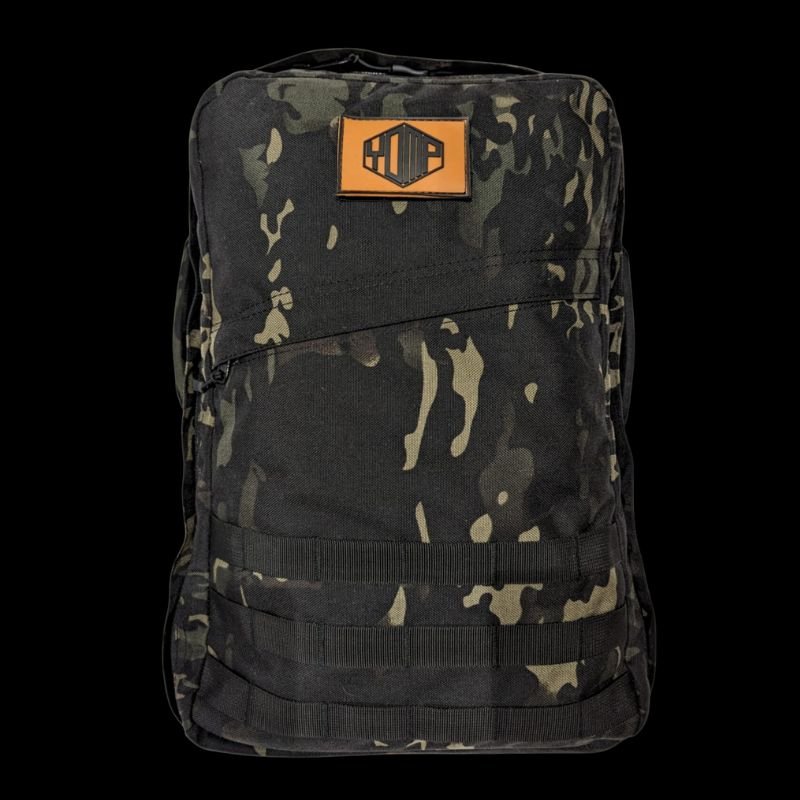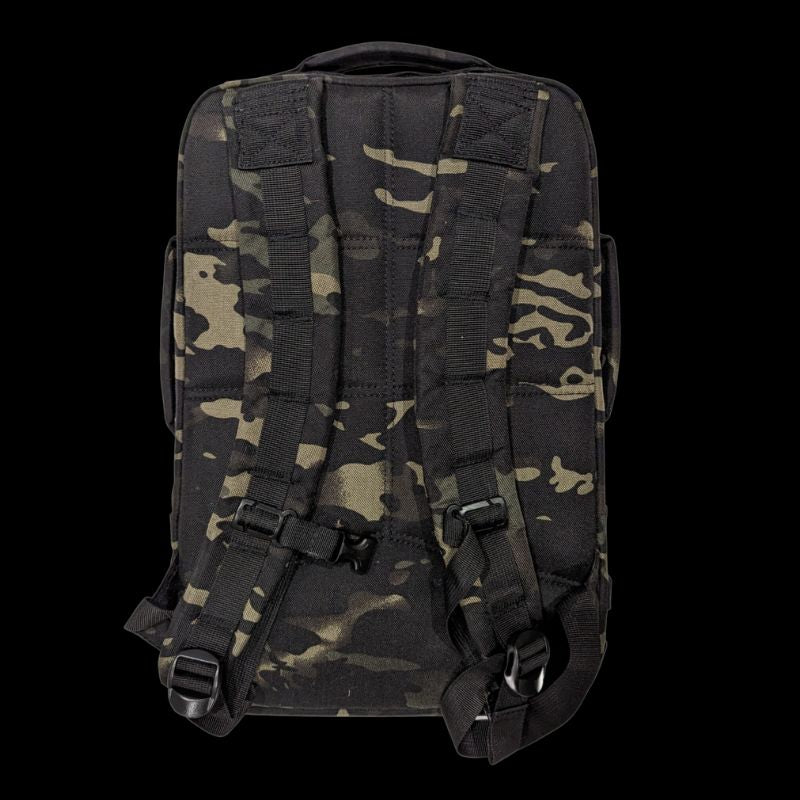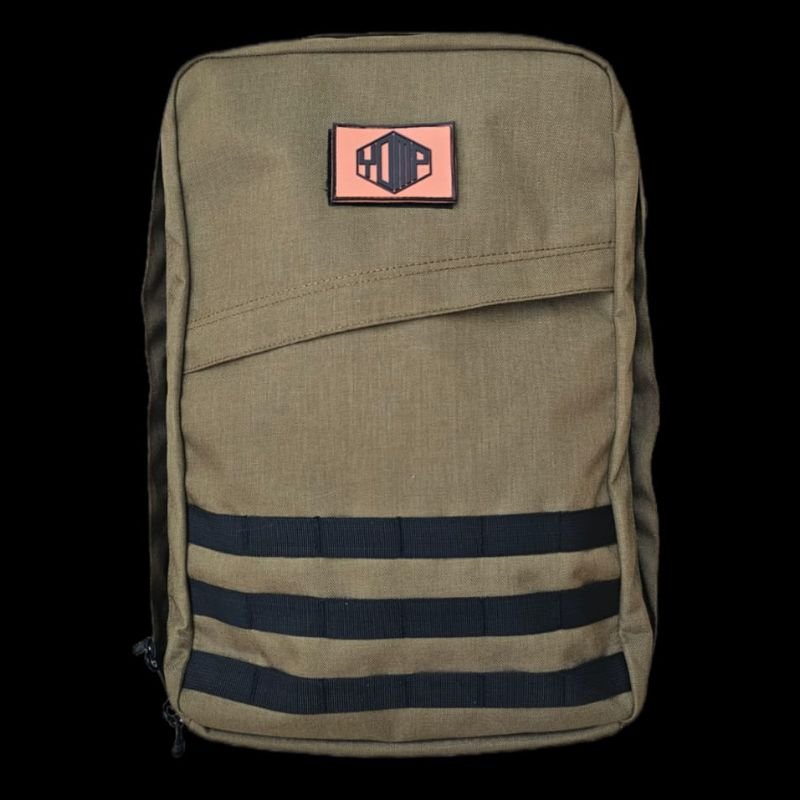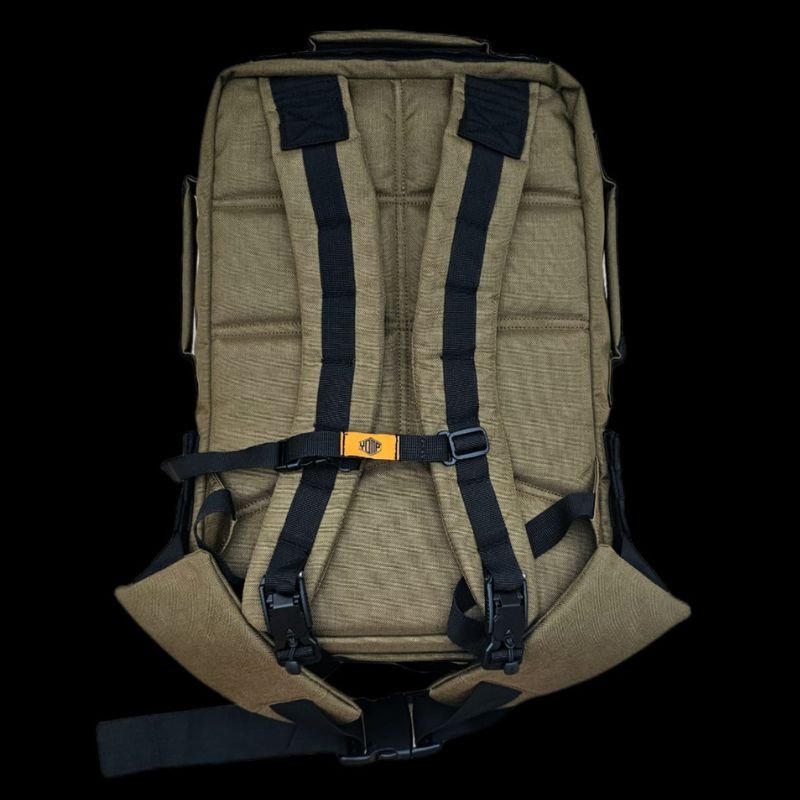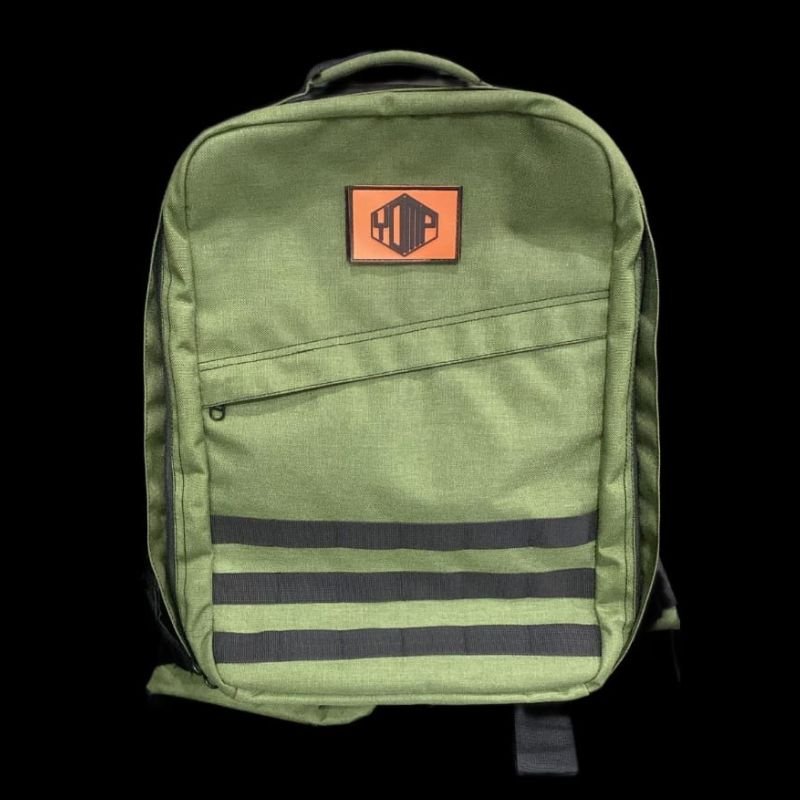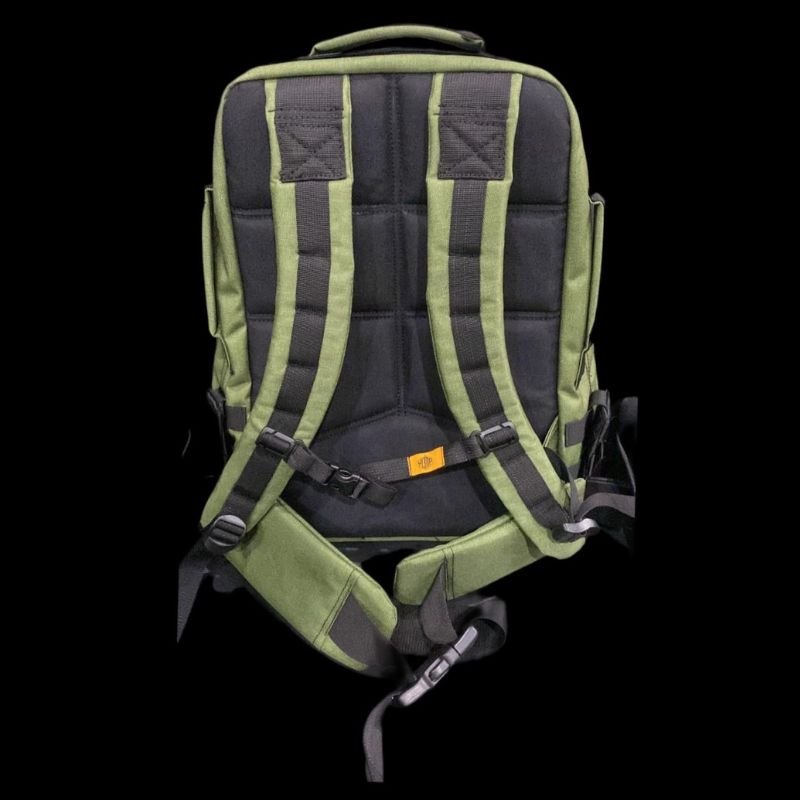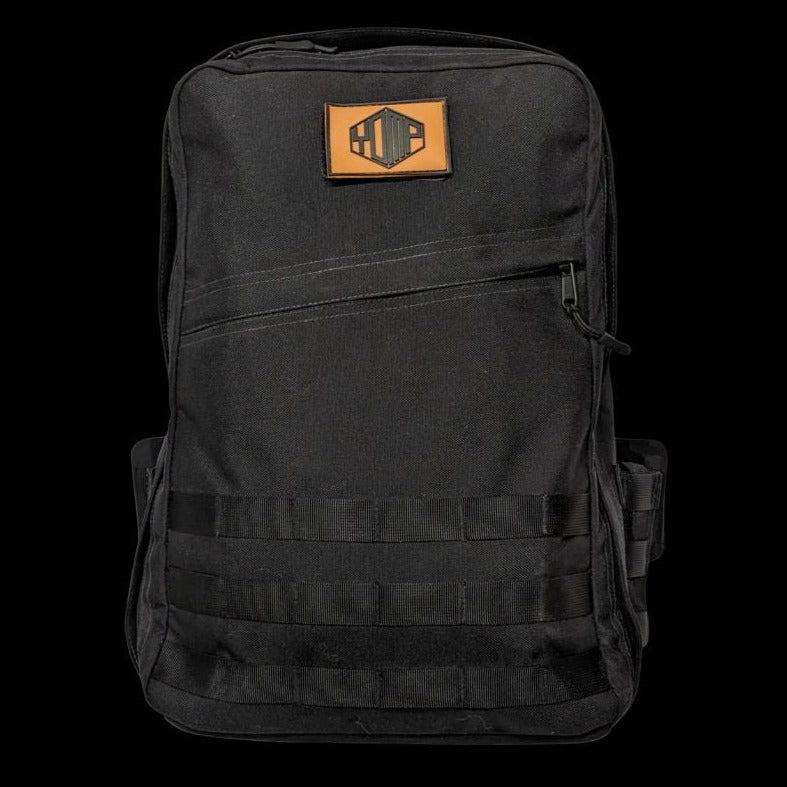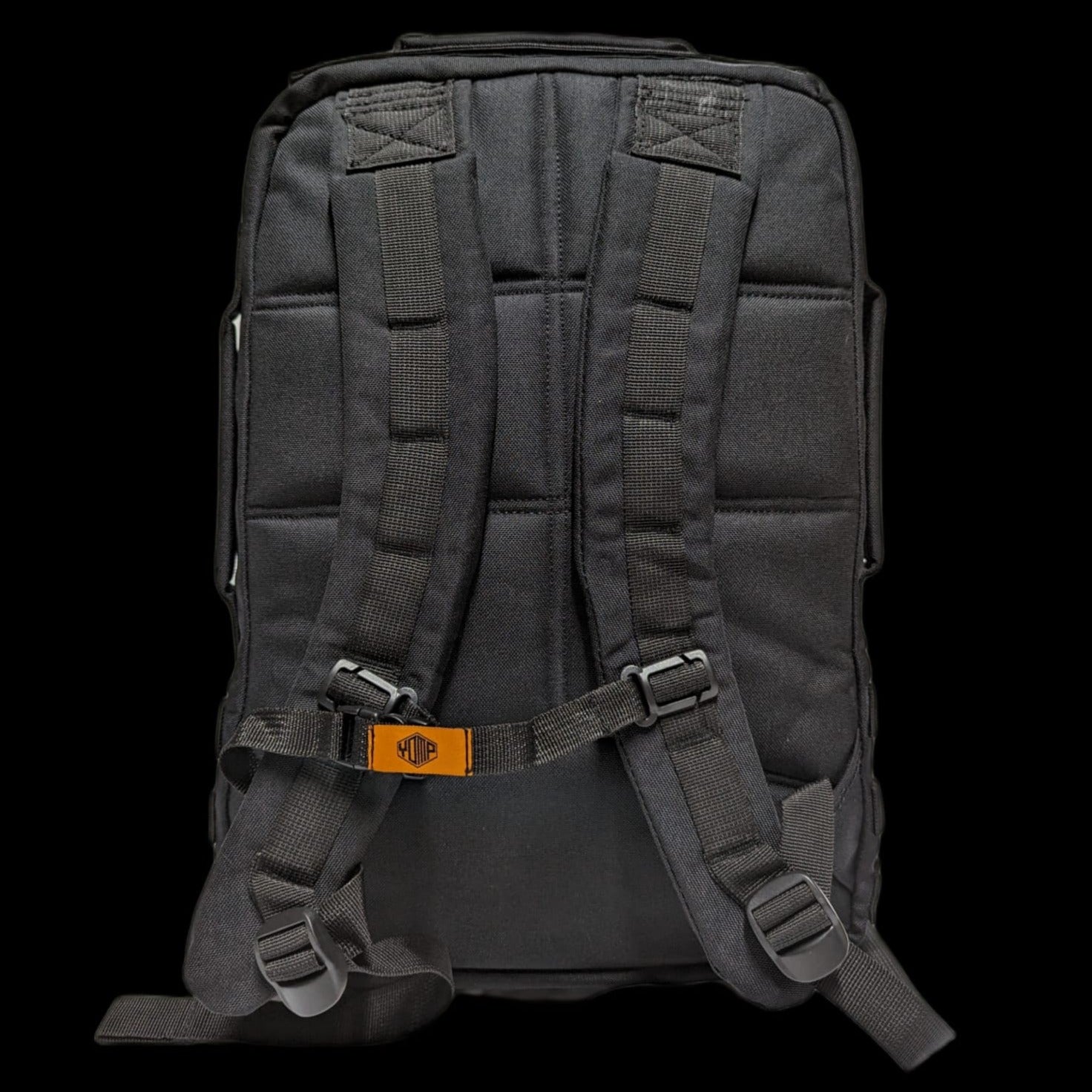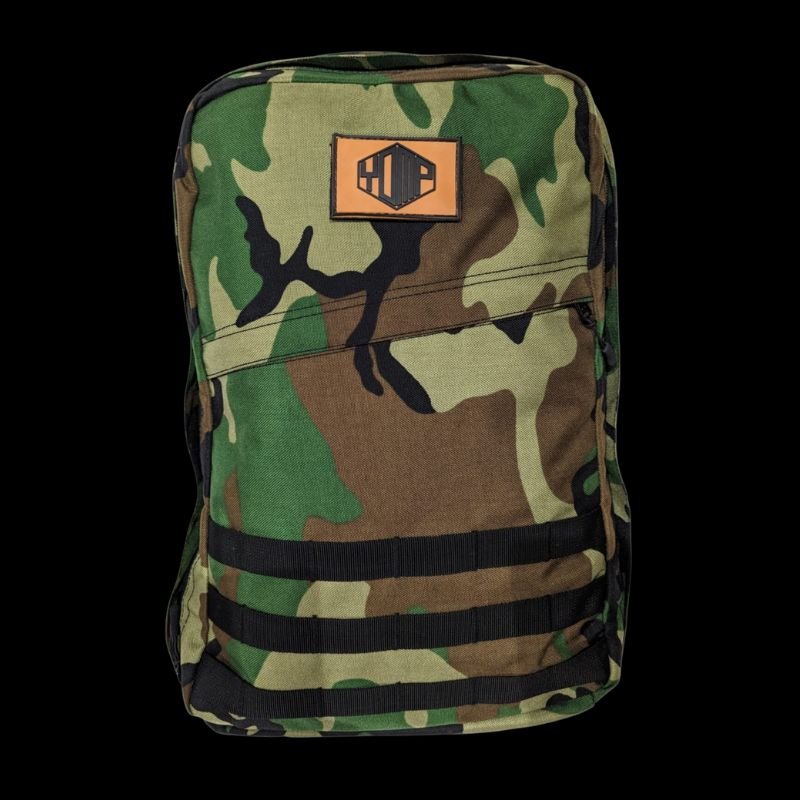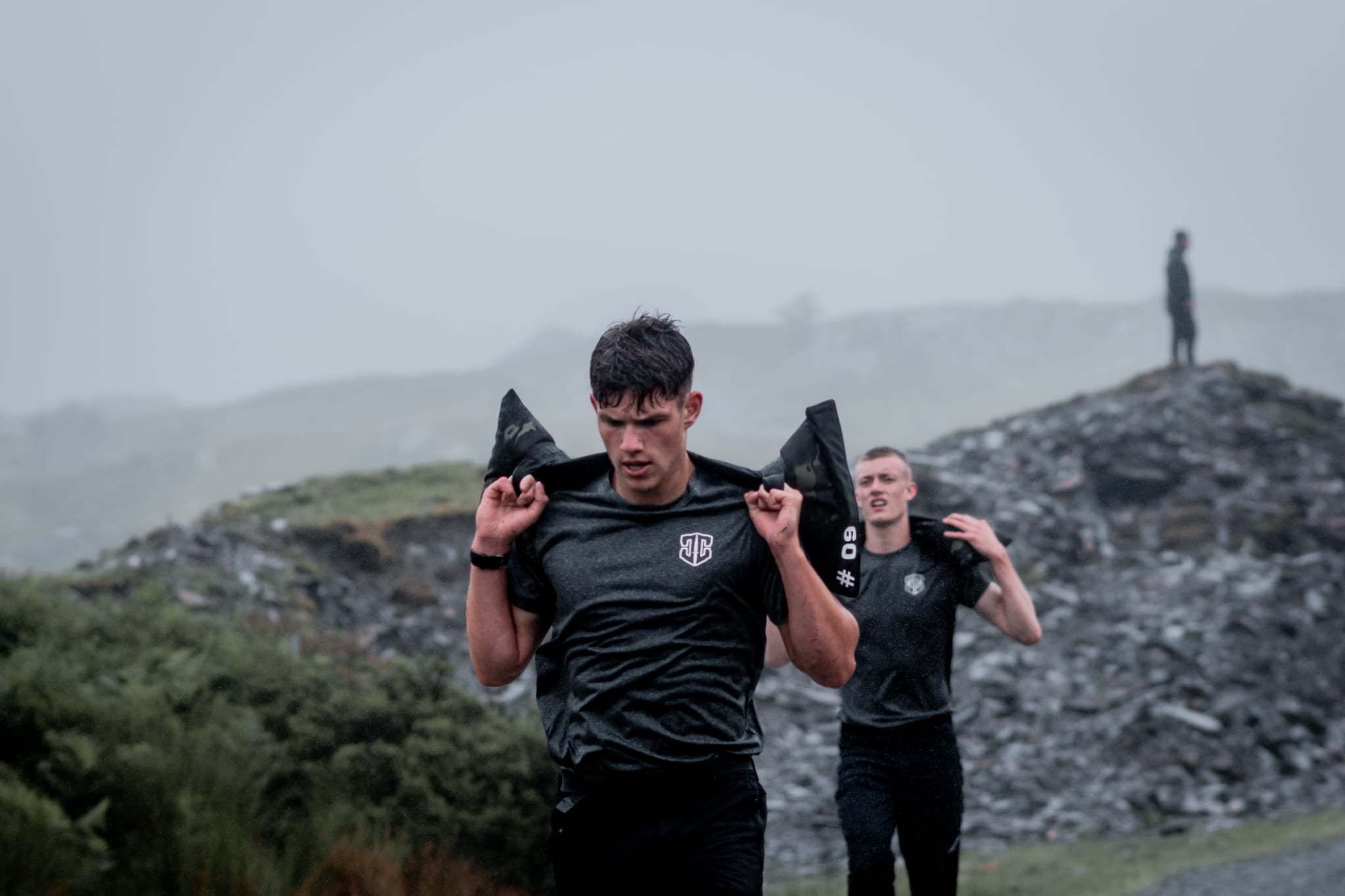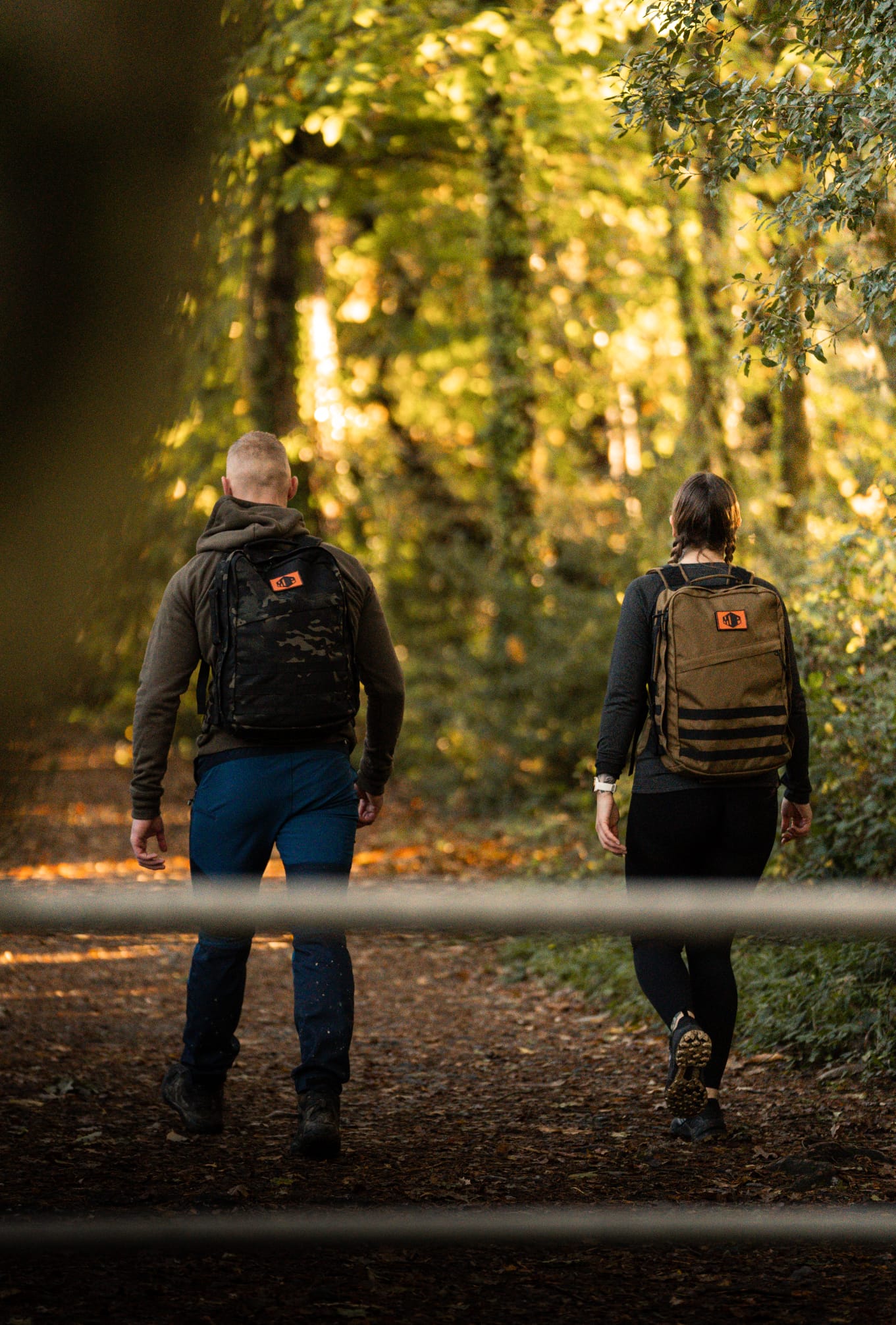Rucking for Weight Loss: Shedding Pounds with a Weighted Backpack
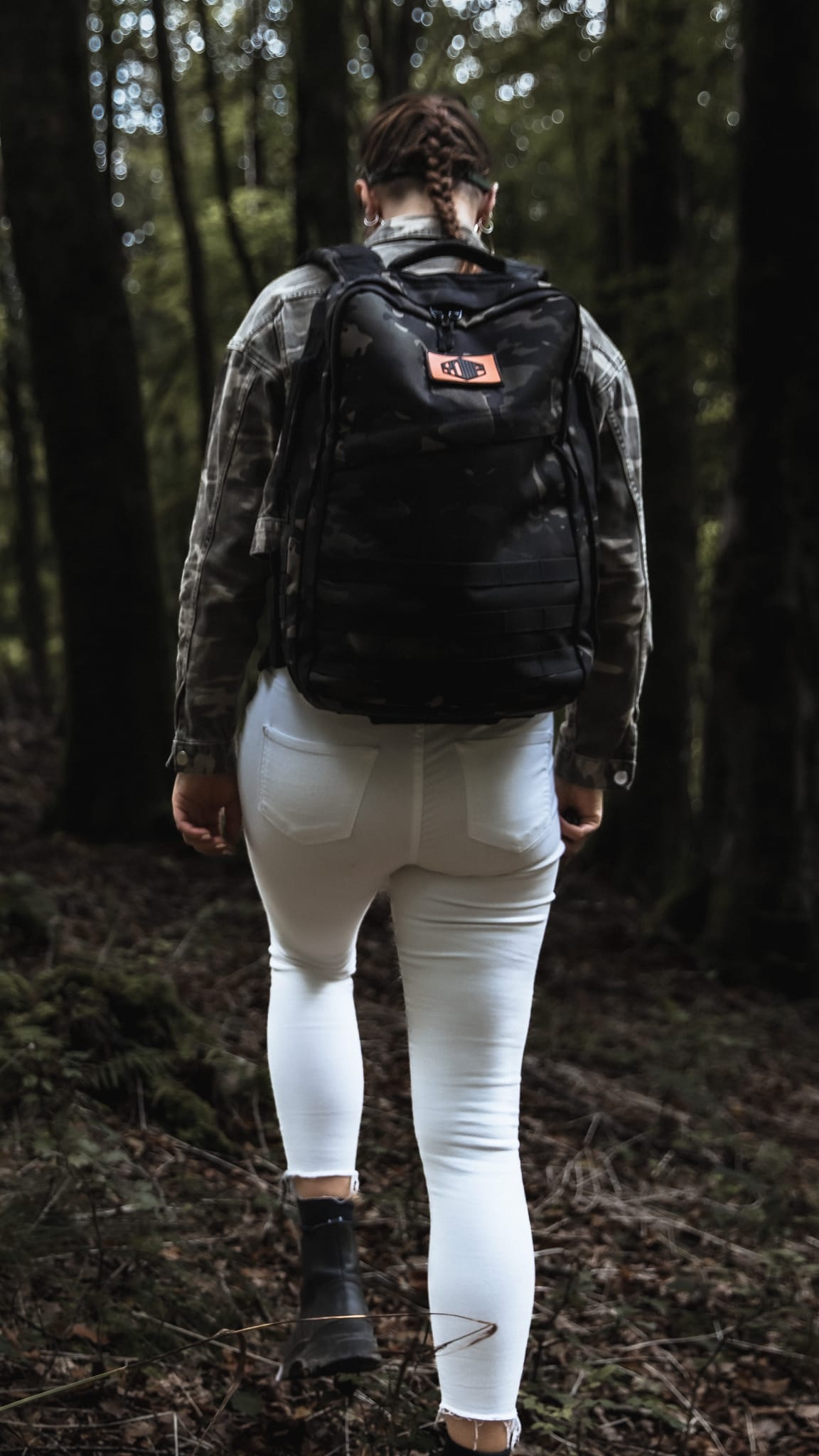
Weight loss is a common goal for many individuals seeking a healthier lifestyle. While there are numerous ways to achieve this, one underrated and effective method is rucking. Rucking involves walking or hiking with a loaded backpack, and it offers a unique and rewarding approach to weight loss. In this article, we will explore the world of rucking for weight loss, providing beginners with a comprehensive guide, example routines, estimates of how long it takes to see results, and other engaging insights into this fitness activity.
Understanding Rucking
Rucking is a simple yet powerful form of exercise. All you need is a sturdy backpack, some weight, and a good pair of walking shoes or hiking boots. The concept is straightforward: you load up your backpack with weight, put it on your back, and start walking. It's essentially hiking with a purpose – the purpose being weight loss, increased endurance, and improved overall fitness.
For more info on Yomping and rucking, read our article - What is Yomping?
Why Rucking Works for Weight Loss
Rucking is an effective weight loss method for several reasons:
Low Impact: Unlike high-impact exercises like running, rucking is gentle on the joints. This makes it accessible to people of all fitness levels, including beginners and those with joint issues.
Calorie Burn: Rucking burns a significant number of calories. The extra weight in your backpack increases the intensity of your walk, leading to a higher calorie expenditure compared to regular walking.
Muscle Engagement: Carrying weight on your back engages various muscle groups, including your legs, core, and back. This results in improved muscle tone and increased metabolism.
Consistency: Rucking is a sustainable form of exercise. It's something you can do regularly without the risk of burnout or overtraining.

Beginner's Guide to Rucking for Weight Loss
If you're new to rucking, here's a step-by-step guide to get you started:
Step 1: Gather Your Gear
You'll need a sturdy backpack (preferably one designed for rucking), weight plates or sandbags to load it. Ensure it has adjustable straps and a waist belt to distribute the load evenly. Also, look for comfortable clothes, and supportive footwear.
Step 2: Start Light
For beginners, it's best to start with a light load, around 10-20 pounds. As you get more comfortable, gradually increase the weight. You can also use items like water bottles, sandbags, or bricks to add weight to your backpack.
Step 3: Proper Form
Maintain good posture while rucking. Keep your back straight, shoulders relaxed, and walk at a comfortable pace. Avoid slouching or leaning forward, as this can strain your lower back.
Step 4: Choose Your Terrain
You can ruck on various terrains, from sidewalks and parks to hiking trails. Start on flat terrain and progress to more challenging surfaces as your fitness improves. As you progress, you can incorporate hills and uneven surfaces to increase the intensity.
Step 5: Set Goals
Set realistic goals for your rucking sessions. Begin with a time or distance goal, such as 30 minutes or 2 miles, and work your way up.
Example Rucking Routine
Here's a beginner's rucking routine to kickstart your weight loss journey:
Week 1-2:
Frequency: 2-3 times per week
Duration: 20-30 minutes per session
Weight: 10-15 pounds
Week 3-4:
Frequency: 3-4 times per week
Duration: 30-45 minutes per session
Weight: 15-20 pounds
Week 5 and Beyond:
Frequency: 4-5 times per week
Duration: 45-60 minutes per session
Weight: 20-30 pounds
When Will You See Results?
The timeline for seeing results from rucking varies from person to person. Factors such as your starting weight, diet, and consistency in rucking all play a role. However, many individuals start noticing changes within 4-6 weeks. These changes can include weight loss, increased stamina, improved muscle tone, and enhanced overall fitness.
As a general guideline, you can expect to lose approximately 1-2 pounds per week if you maintain a caloric deficit through rucking and a balanced diet. The key to success is consistency. Combine your rucking routine with a healthy eating plan, ensuring you consume fewer calories than you burn, and you'll see sustainable weight loss results over time.
To find out roughly how many calories you can burn while rucking, take a look at our Yomping Calorie Burn Calculator

Tips for Success
Stay Consistent: Consistency is key to success in any fitness program. Stick to your rucking routine, even on days when motivation is low.
Pay Attention to Diet: While rucking can help you burn calories, it's essential to maintain a balanced diet to maximize your weight loss results.
Stay Hydrated: Drink plenty of water before, during, and after your rucking sessions to stay properly hydrated.
Listen to Your Body: If you experience pain or discomfort, don't push through it. Rest and recover, and consult a healthcare professional if needed.
Become a part of our Strava community: Connect with your fellow Ruckers and Yompers. Team up with like-minded people who inspire and support each other as we work towards our goals and forge new friendships. Join us here and let's embark on this journey together!
Rucking is a versatile and accessible form of exercise that can be highly effective for weight loss. With the right gear, a well-structured routine, and dedication, you can achieve your weight loss goals while enjoying the great outdoors. Remember that results may vary, so be patient and stay committed to your rucking journey. In time, you'll not only shed pounds but also experience improved fitness, increased energy levels, and a stronger body. Rucking is more than just a workout; it's a path to a healthier, fitter you.

